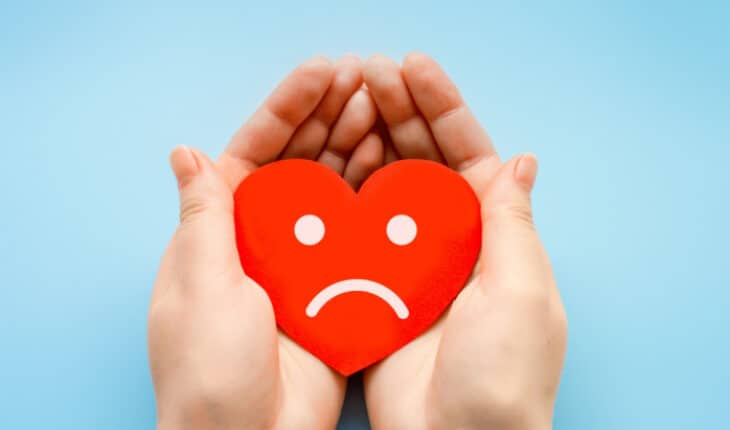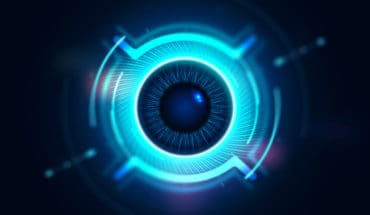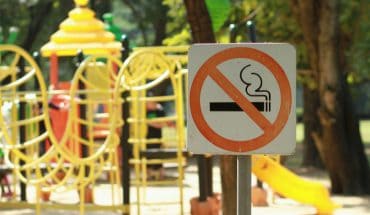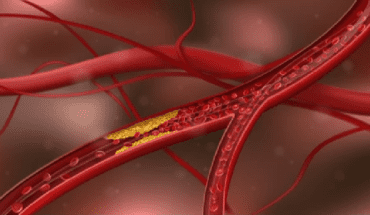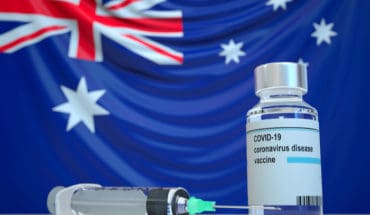Patients who suffer from takotsubo commonly known as ‘broken-heart syndrome’ have a worse survival rate than the general population and are just as vulnerable as patients who have suffered a heart attack.
In the first ever study to compare takotsubo patients with heart attack patients and the general population over more than 5 years, results showed that heart treatments given after takotsubo do not protect patients. The study was funded by the British Heart Foundation.
The team, led by Professor Dana Dawson, from the University of Aberdeen Cardiology and Cardiovascular Research Unit, analysed data from 3,720 people over a decade and found that takotsubo patients were prescribed the same medication as heart attack patients. They say while this approach worked for the heart attack patients, these medications did not improve the survival rate of takotsubo patients.
Patients who suffered from takotsubo were more likely to die than the general population and just as vulnerable to dying as patients who had suffered a ‘true’ heart attack.
Published in JACC:Advances this week, the study used data from Public Health Scotland – the only database in the world that can provide accurate data on patient treatment and follow-up, including medication prescribed across their lifetime.
Currently, there is no expert consensus how to treat the condition. Instead, medicines used to treat other heart conditions, like heart failure and heart attacks are used. However, takotsubo is not the same as these heart conditions.
Professor Dawson explains: “Takotsubo cardiomyopathy can be triggered by extreme emotional distress, leading to its nickname of broken-heart syndrome.
“It happens as a reaction to upsetting events such as the death of a family member, the ending of a relationship or illness, when distress signals travel from the brain to the heart. But understanding is growing and there is evidence that it can be caused by other factors, including physical trauma or no incident at all.
“Takotsubo cardiomyopathy happens when one of the heart’s chambers, the left ventricle, suddenly balloons and weakens. The heart then can’t pump blood around the body as before and the extra stress leads to heart failure. It can develop at any age, and typically affects more women than men.
“Symptoms can appear like a heart attack including shortness of breath and chest pain.
“But takotsubo cardiomyopathy is a different condition entirely and unlike a heart attack, patients don’t suffer from a blockage of the arteries that supply the heart with blood.”
Upon identifying the treatment received by takotsubo patients, Professor Dawson said: “We were surprised to see that when compared to patients with ‘classical heart attacks’ – they were medicated in the same way. We looked at 10 different categories of medicines and they were prescribed at the same rate – this was true for both typical heart medications and non-cardiovascular medications like HRT and anti-inflammatory medications.
“Our findings are truly unique as we are able to look at follow up prescriptions over a prolonged period of time with world leading accuracy using the Public Health Scotland database.
“Our data shows quite starkly that we are not treating this condition correctly.
“These patients have increased mortality compared to the general population, an increased vulnerability to developing heart conditions and as much chance of dying from this as people who have suffered heart attacks.
“It is vital that we identify precise ways to treat this unique group of people, and that is what we plan to do as we continue our research. This study has identified one drug as a potential breakthrough with promising therapeutic benefit, however, further research is needed to establish if this is the key to treating this devastating illness”
Dr Sonya Babu-Narayan, Associate Medical Director at the British Heart Foundation, said: “These data from Scotland show that the diagnosis of takotsubo, a condition more common for women, is linked to a higher chance of death in the long term. Patients surviving takotsubo syndrome were treated much the same way as those surviving a heart attack – but unlike for heart attack survivors, being prescribed usual heart medications was of uncertain benefit. More research into takotsubo could better reveal its causes and which treatments could save and improve lives.”
Case Study: Michelle Canning
Michelle Canning was diagnosed with a takotsubo cardiomyopathy in January 2021, following the death of her father the previous year.
Michelle, who was 49 years old at the time, experienced pains in her chest and arm on her way to a routine doctor’s appointment one morning. Initially Michelle wrote it off as indigestion but told her GP, upon arrival, who then conducted an ECG test.
The mum of three, who was then vegan, doesn’t smoke, doesn’t regularly drink alcohol and at the time exercised multiple times a week, was admitted to hospital with a suspected heart attack.
However, an angiogram revealed that Michelle’s arteries were clear and there was no coronary damage to her heart. Instead, she was diagnosed with takotsubo cardiomyopathy, a condition also known as ‘broken heart syndrome’ that can be triggered by stressful events.
Michelle was told her condition was most likely triggered by the sudden death of her dad Tommy in three months earlier.
A former journalist who went onto a career in crisis communications, she describes herself as “emotionally resilient.”
“I’m a very easy going being, I don’t get very stressed and I’m not very dramatic – I take things in my stride. So this was a shock to know that I had developed this condition as a result of stress.
“None of it made sense but the reality is that stress was manifesting itself physically when I did not feel stressed and that’s frightening.”
Michelle has since become an advocate for women’s health highlighting the issue as one of the health inequalities that exist for women and has addressed an all-party group on women’s health in the North of Ireland about her condition and the need for a women’s health strategy.
“I had amazing care from my GP and hospital staff and I cannot thank them enough. But I left hospital not really knowing what had happened to me or if it would happen again. So the last two years have been a real journey of exploration to find out why it happened to me.
“There is a need for more research so I am delighted to see this work from Professor Dawson and her team. Broken heart syndrome is probably one of the most neglected areas of cardiology. And I don’t think it is any surprise that this is a condition that mostly affects women. It is difficult to try and manage a condition when there isn’t enough known about it and yet the triggers are many.
“It’s a bit of a lonely journey because there aren’t many people like you. I left the hospital knowing nothing about what had happened to me or what would happen next. I’m lucky I had the agency to go find organisations for further information and come across the efforts being made to find out more.
“The British Heart Foundation was incredible. In the weeks following my takotsubo I was able to ring them and chat to nurses if I had pains or concerns – I just didn’t know whether or not it was happening again, how far I could walk, or whether I could go back to work.
“There needs to be more awareness in current healthcare settings and in professionals to tell someone who’s had a Takotsubo, here is what has happened, this is the plan for recovery and here are the people you can contact. And it must be tailored to the condition.”
“Fortunately, the condition is reversible and I am now recovered. However, there is a chance of a recurrence. All I can do is try to manage stress, but then I am stressed by the fact I’ve had this rare condition and it could happen again. There is nothing that I can do to prevent that.
“Everything I do from here on in will be shaped by my experience in a way I couldn’t have possibly known about, but I’m blessed and very lucky that there appears to be no damage and that I am alive and well. Others have not been as fortunate.
“I have the opportunity to celebrate and enjoy life every day. The further away I am from the actual episode, then the more life has taken on a more normal perspective for me and the fear subsides, but I do want to share my experience in the hope it helps others get the right treatment and care.”
- Gut microbiome could delay onset of type 1 diabetes - 3rd April 2025
- The da Vinci 5 Robot Is Set To Transform Bariatric Care: - 31st March 2025
- Beyond money: the hidden drivers fuelling child food insecurity - 31st March 2025
